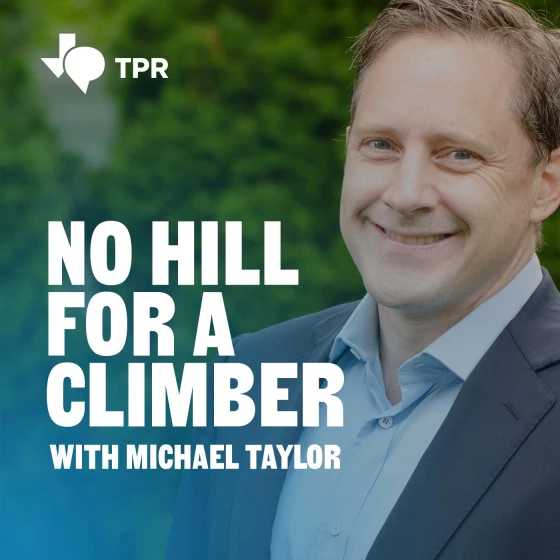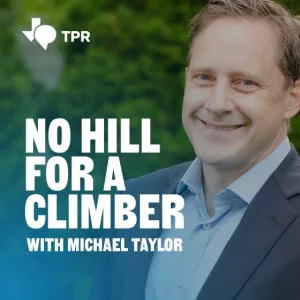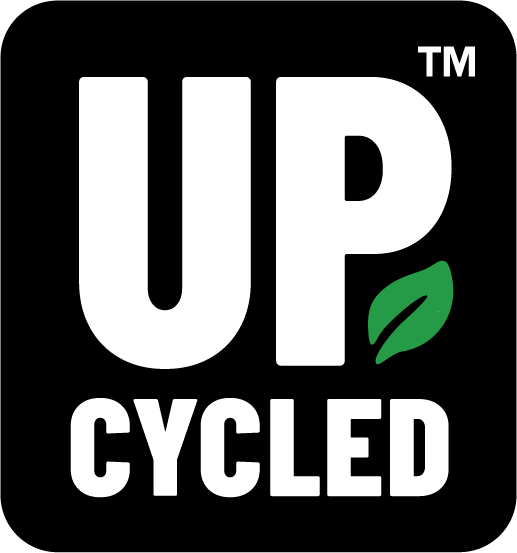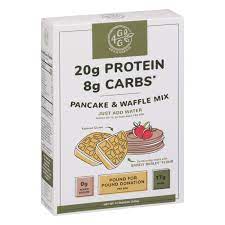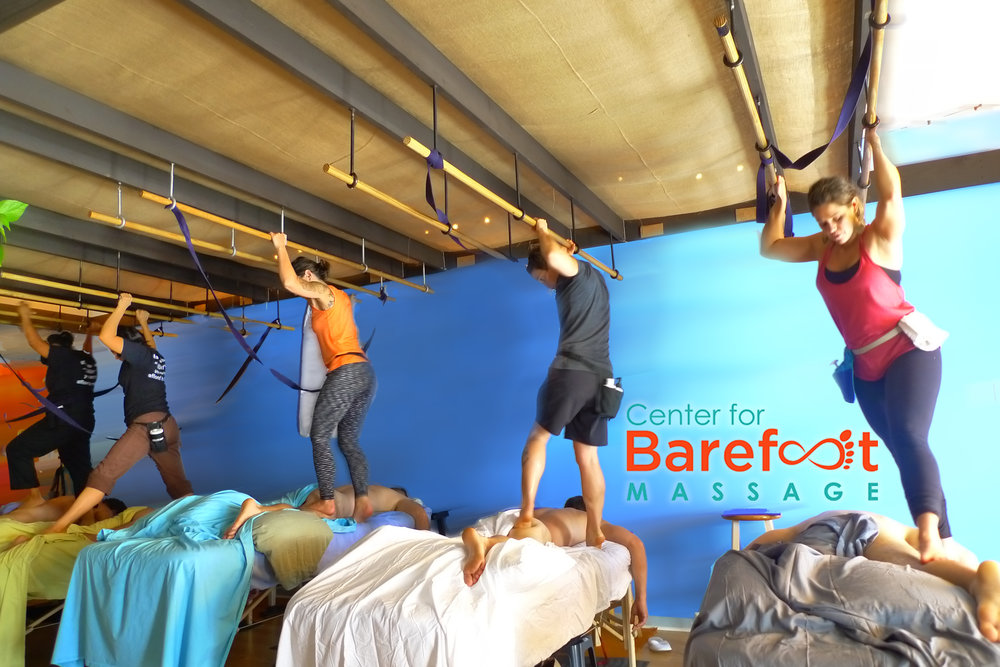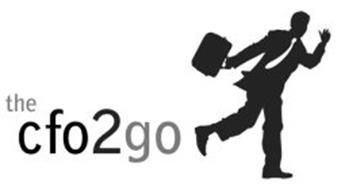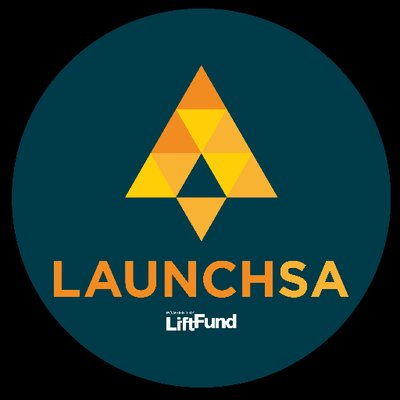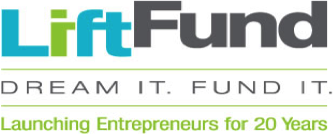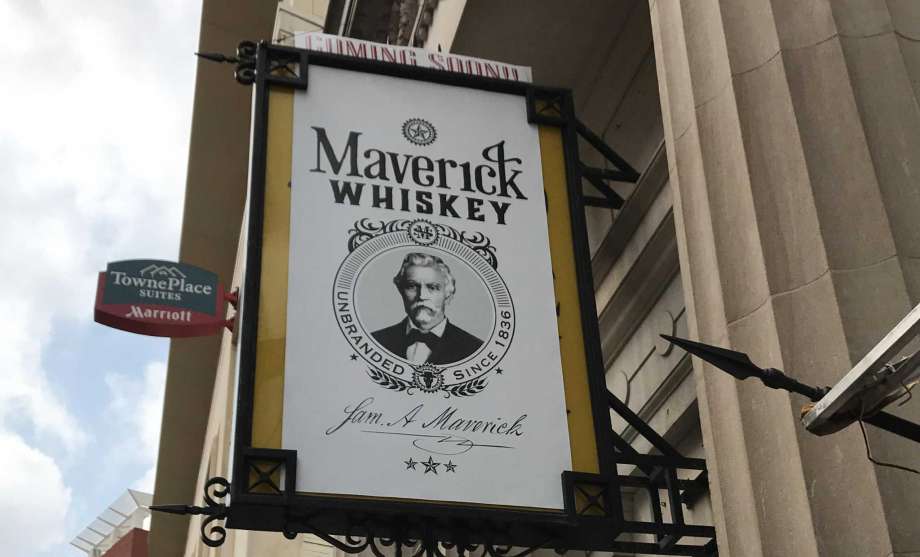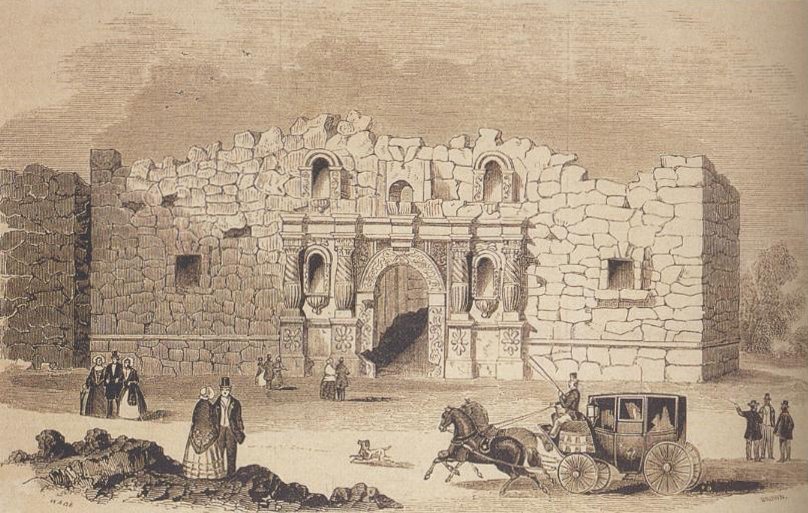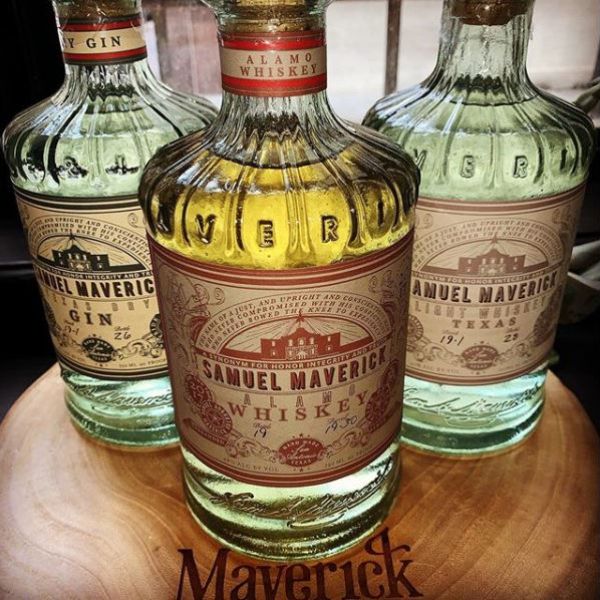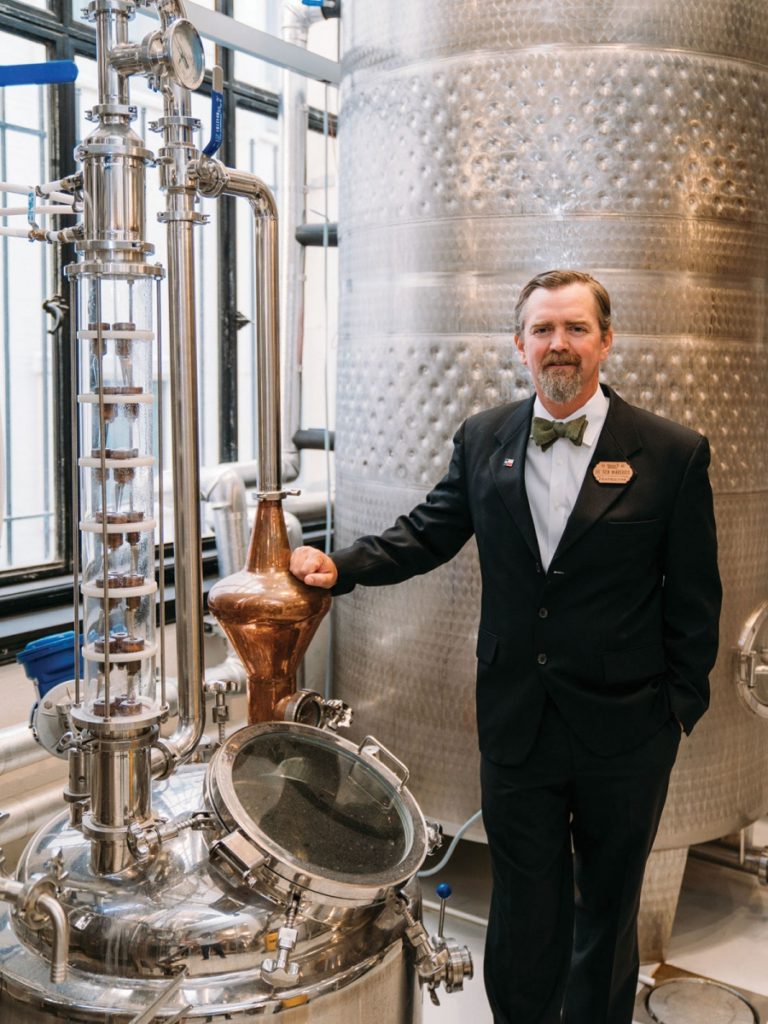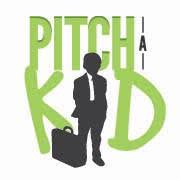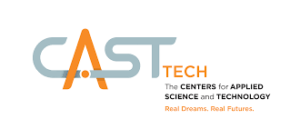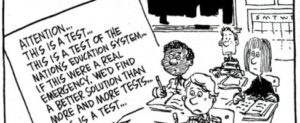On a 50-acre ranch property in the hill country, Sean and Coco Tipton plan a community around the fast-growing sport of pickleball. Well, pickleball is the hook, but mutual hospitality is the vibe.
The Tiptons expect to launch their offering by August 2024 for investors and homebuyers to buy into the Oakfire Ridge condominium community. Their current plan calls for constructing and selling 164 condominium units, each of which entitles the owner to membership in a pickleball-oriented community but also features high-end food, beverage, spa, and pool amenities.
One easy analogy for the planned community is to a golf course development, except that there will be a total of 19 indoor and outdoor pickleball courts instead of 18 or 36 holes of golf.
Successful Founder of Airrosti
I sought out a conversation with Sean Tipton because I am a – somewhat to my chagrin – recurring customer of a previous business venture of his. He was the founder and then a long-time partner and executive of Airrosti, before selling his ownership interest in 2017. I found it likely that he’s got a strong entrepreneurial sense for trends in sport and hospitality, and I wanted to know more. If you already know about Airrosti, it might be either because you play professional basketball, or it might be because you are a back-injury-prone crossfitter like me.
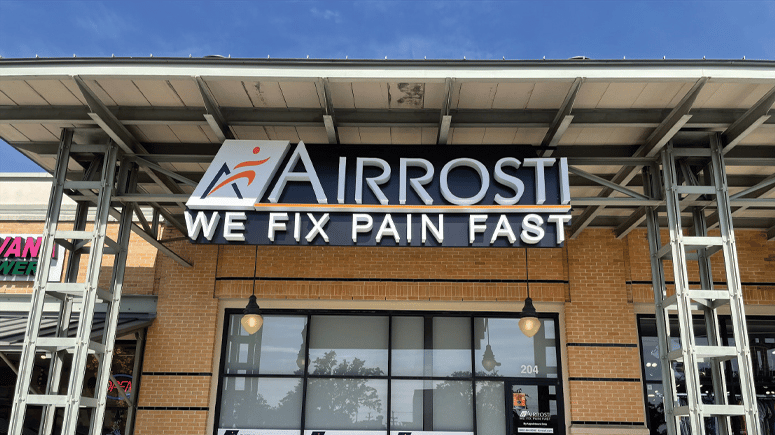
Anyway, Airrosti is now a 750-person strong company, headquartered in San Antonio but with physical locations in four states, that offers hands-on chiropractic treatment and physical therapy for soft-tissue injuries.
Horizontal Hospitality and The Semi-Private Club
The most recent precedent for their pickleball resort is what the Tiptons pursued in 2022. In the latter part of the COVID pandemic, as the world reopened and people re-sought community, they launched on their property at 1275 Stoney Ridge Road in Bulverde a sort of private club, with a particular focus on what Sean calls “horizontal hospitality.” That meant that while Sean and Coco built a beer garden, outdoor kitchen, and speakeasy for ticketed food and music events, their paying customers were expected to treat each other, the working staff, and the Tiptons as if this were a private home. Mutual respect – horizontal hospitality that goes in both directions – was the watchword.
As Tipton describes their experiment with Oakfire Ridge as a semi-private club, he says the membership cost was a nominal $300 fee, but the theme was that “your price for the membership was your hospitality.” By that, Tipton points out, “you were going to get great hospitality from us. But we expected the same from you. We made it really clear that you have to deliver this type of hospitality to our staff and to other members.” For Tipton, the proof of this concept was in overhearing ticketed members explaining the idea of mutual horizontal hospitality, proudly, to their own invited guests.
So in addition to selling condominiums, and a new pickleball resort community, the Tiptons are committed to selling this new community on their concept of mutual hospitality.
Does it work as a business? I have no idea. But Tipton paints a consistent theme of hospitality running from his earlier business ventures, which absolutely did work. So I’ll give him the benefit of the doubt.

As the founder and then a key executive of Airrosti, Tipton relied on hospitality events as a staple of his business plan. That meant getting to know corporate leaders over food and drink. His team was expected to do the same.
Speaking of his earlier venture with Airrosti, Tipton told me “our goal was never to sell anybody. Our goal was to introduce them. I would ask my team to go and get to know people, I don’t care what you sell. I want to know that you’re meeting with people, you’re going to break bread, go have dinner, go take them for drinks.”
That ethos – hospitality and relationships first – infused the Tipton’s 2022 version of Oakfire Ridge.
The Condo Plan
As of now, there is one indoor pickleball court, and the Tiptons invite prospective members, condo buyers, and pickleball enthusiasts to exchange strokes and shots with a pickleball robot.
Condominium buyers can choose to live there year round, as the Tiptons will, or owners can allow the management company to offer up their property as short-term rentals. Both long-term residents or short-term visitors will have access to all of the amenities. The short-term renters, presumably made up of pickleball enthusiasts, will keep the competition fresh.
The Tiptons have already constructed key elements of the community spa and resort spaces, such as their dark atmospheric leather-and-wood interior speakeasy, located inside a former horse barn. They built a large beer garden and patio space with a very high-end industrial kitchen capacity. There’s also the nature preserve with biking and hiking trails, and a pool. The spa will follow.
The Pickleball trend
Another connective idea of the Tiptons is in seeing where the world is going rather than where it has been. Airrosti shook up the world of speedier sports injury recovery. Oakfire Ridge is an attempt to create a community that responds to the tremendous growth of the sport of pickleball, plus people’s craving for authentic community.
Their bet on a pickleball community seems to be based on at least 3 things.
First, many people play. The Sports and Fitness industry Association tracks participation across all major sports. Pickleball has been the number one fastest growing sport in America – out of 124 sports – for three consecutive years 2021 through 2023, up 223 percent in that time.
The number of people who have ever played hit 36.5 million in 2023, up from just 3 million in 2017.
Two, enthusiasts seek community around their favorite sport. But it can be difficult to book a court.

I have literally never played once, but a year ago I did have the experience of trying to play one Sunday at the popular restaurant and games venue “Chicken N Pickle.” No luck, the courts were totally booked that day. I just now went online to look for an opening at that same Chicken N Pickle location for an upcoming Sunday in June. No luck, it is entirely booked from 8am to 11pm. Two weeks from now, I can see one hour available, at 9pm. Hmm. Not convenient for me.
Three, and this is something I would not have known, is that passionate pickleball players constantly seek new opponents, so a resort community with regular influx of newcomers is a desirable trait in a pickleball club, according to Tipton.
Houston has 54 pickleball court locations. Austin has 48. San Antonio currently has 21.
Other spa, hospitality, and pickleball places are popping up in Texas to respond to the explosive growth of the sport, like the San Luis Resort in Galveston, the Sage Hill Inn and Spa in Kyle, or Horseshoe Bay Resort in the Hill Country.
The 50-acre property at Oakfire Ridge had been offered for sale between 2021 and 2022, listed in the Express News as one of the “most expensive homes for sale” in the San Antonio area.
Instead of selling, the Tiptons now are set to launch an original condominium and resort community to match the trends they see in hospitality and sport.
Post read (266) times.


